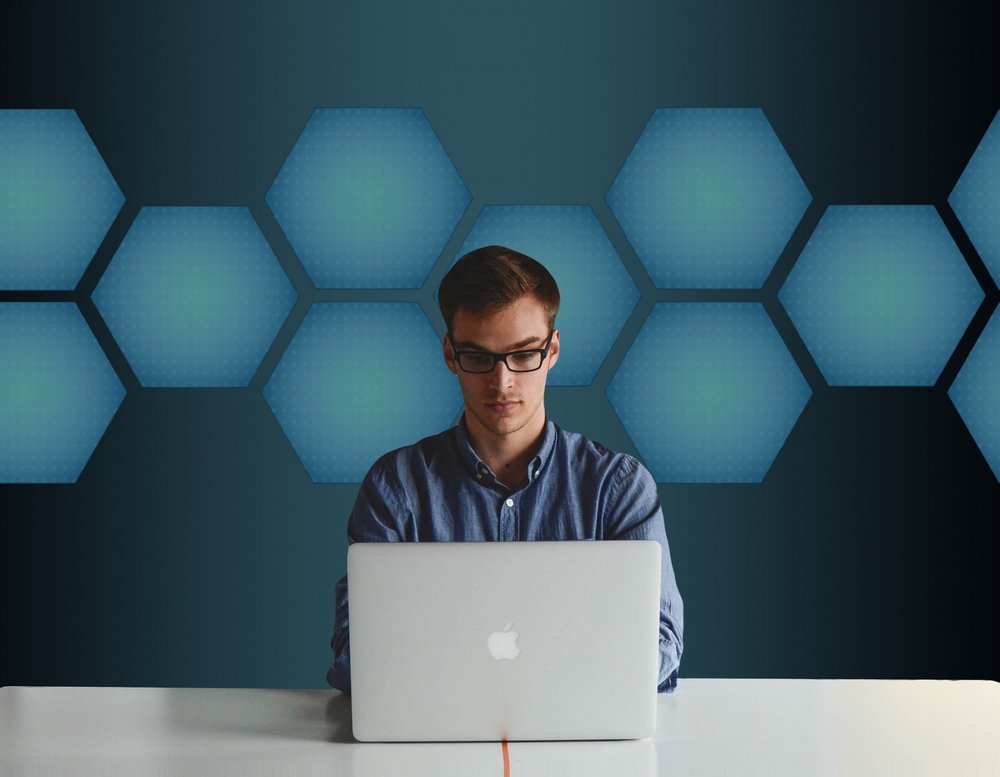
7 Technology Hacks to deliver assessments more securely
So, yeah, the use of “hacks” in the title is definitely on the ironic and gratuitous side, but there is still a point to be made: are you making full use of current technology to keep your tests secure? Gone are the days when you are limited to linear test forms on paper in physical locations. Here are some quick points on how modern assessment technology can deliver assessments more securely, effectively, and efficiently than traditional methods:
1. AI delivery like CAT and LOFT
Psychometrics was one of the first areas to apply modern data science and machine learning (see this blog post for a story about a MOOC course). But did you know it was also one of the first areas to apply artificial intelligence (AI)? Early forms of computerized adaptive testing (CAT) were suggested in the 1960s and had become widely available in the 1980s. CAT delivers a unique test to each examinee by using complex algorithms to personalize the test. This makes it much more secure, and can also reduce test length by 50-90%.
2. Psychometric forensics
Modern psychometrics has suggested many methods for finding cheaters and other invalid test-taking behavior. These can range from very simple rules like flagging someone for having a top 5% score in a bottom 5% time, to extremely complex collusion indices. These approaches are designed explicitly to keep your test more secure.
3. Tech enhanced items
Tech enhanced items (TEIs) are test questions that leverage technology to be more complex than is possible on paper tests. Classic examples include drag and drop or hotspot items. These items are harder to memorize and therefore contribute to security.
4. IP address limits
Suppose you want to make sure that your test is only delivered in certain school buildings, campuses, or other geographic locations. You can build a test delivery platform that limits your tests to a range of IP addresses, which implements this geographic restriction.
5. Lockdown browser
A lockdown browser is a special software that locks a computer screen onto a test in progress, so for example a student cannot open Google in another tab and simply search for answers. Advanced versions can also scan the computer for software that is considered a threat, like a screen capture software.
6. Identity verification
Tests can be built to require unique login procedures, such as requiring a proctor to enter their employee ID and the test-taker to enter their student ID. Examinees can also be required to show photo ID, and of course, there are new biometric methods being developed.
7. Remote proctoring
The days are gone when you need to hop in the car and drive 3 hours to sit in a windowless room at a community college to take a test. Nowadays, proctors can watch you and your desktop via webcam. This is arguably as secure as in-person proctoring, and certainly more convenient and cost-effective.
So, how can I implement these to deliver assessments more securely?
Some of these approaches are provided by vendors specifically dedicated to that space, such as ProctorExam for remote proctoring. However, if you use ASC’s FastTest platform, all of these methods are available for you right out of the box. Want to see for yourself? Sign up for a free account!
Nathan Thompson, PhD
Latest posts by Nathan Thompson, PhD (see all)
- What is a T score? - April 15, 2024
- Item Review Workflow for Exam Development - April 8, 2024
- Likert Scale Items - February 9, 2024

